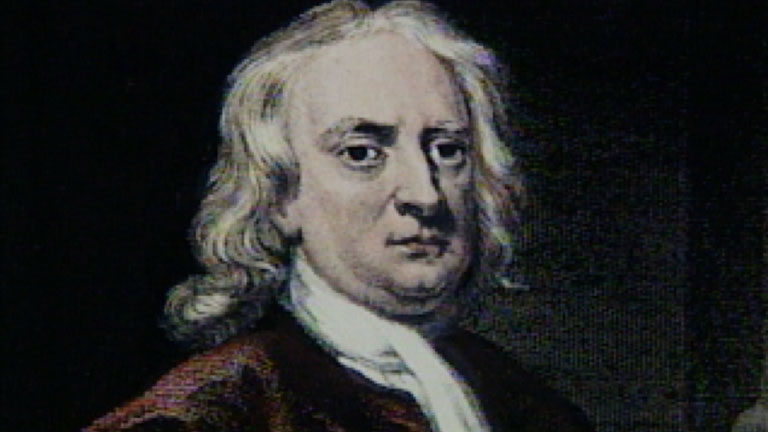

Finally, Book III consisted ofĪpplications of his dynamics, including an explanation for tides and a theory of lunar motion. Presented Newton's new scientific philosophy which came to replace Cartesianism. Newton's laws (laws of inertia, action and reaction, and acceleration proportional to force). In Book I of Principia, Newton opened with definitions and the three laws of motion now known as Principia Mathematica or simply "the Principia." Newton devoted the period from August 1684 to springġ686 to this task, and the result became one of the most important and influential works on physics of all times, Philosophiae Naturalis Principia Mathematica (Mathematical Principles of Natural Philosophy) (1687), often shortened to Halley, who had become interested in orbits,įinally convinced Newton to expand and publish his calculations. Telling Halley he had lost them (Westfall 1993, p. 403). Newton then began devoting his efforts to theological speculation and put the calculations on elliptical motion aside, Again, he did not publish his calculations.

Hated being bested, then proceeded to work out the mathematics of orbits. Hooke wrote back, claiming that the path would not be a spiral, but an ellipse. Hooke, he suggested that a particle, if released, would spiral in to the center of the Earth. Newton suffered a mental breakdown in 1675 and was still recovering through 1679. With the reticence he was to show later in life, Newton did not, however, Some of his most significant discoveries. Newton was forced to leave Cambridge when it was closed because of the plague, and it was during this period that he made At Cambridge, Newton studied mathematics, beingĮspecially strongly influenced by Euclid, although he was also influenced by Baconian and Cartesian philosophies. Luckily for humanity, Newton was not a goodįarmer, and was sent to Cambridge to study to become a preacher.

Newton, Isaac (1642-1727) - from Eric Weisstein's World of Scientific BiographyĮnglish physicist and mathematician who was born into a poor farming family.


 0 kommentar(er)
0 kommentar(er)
